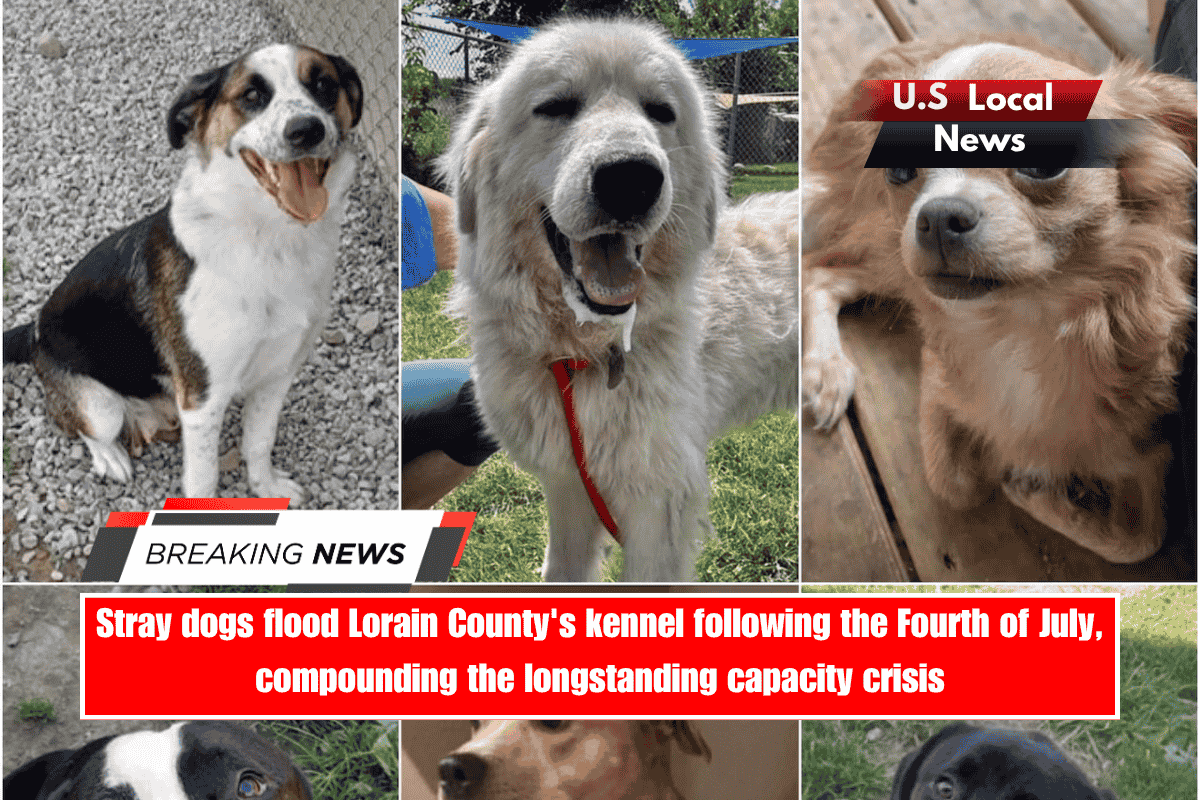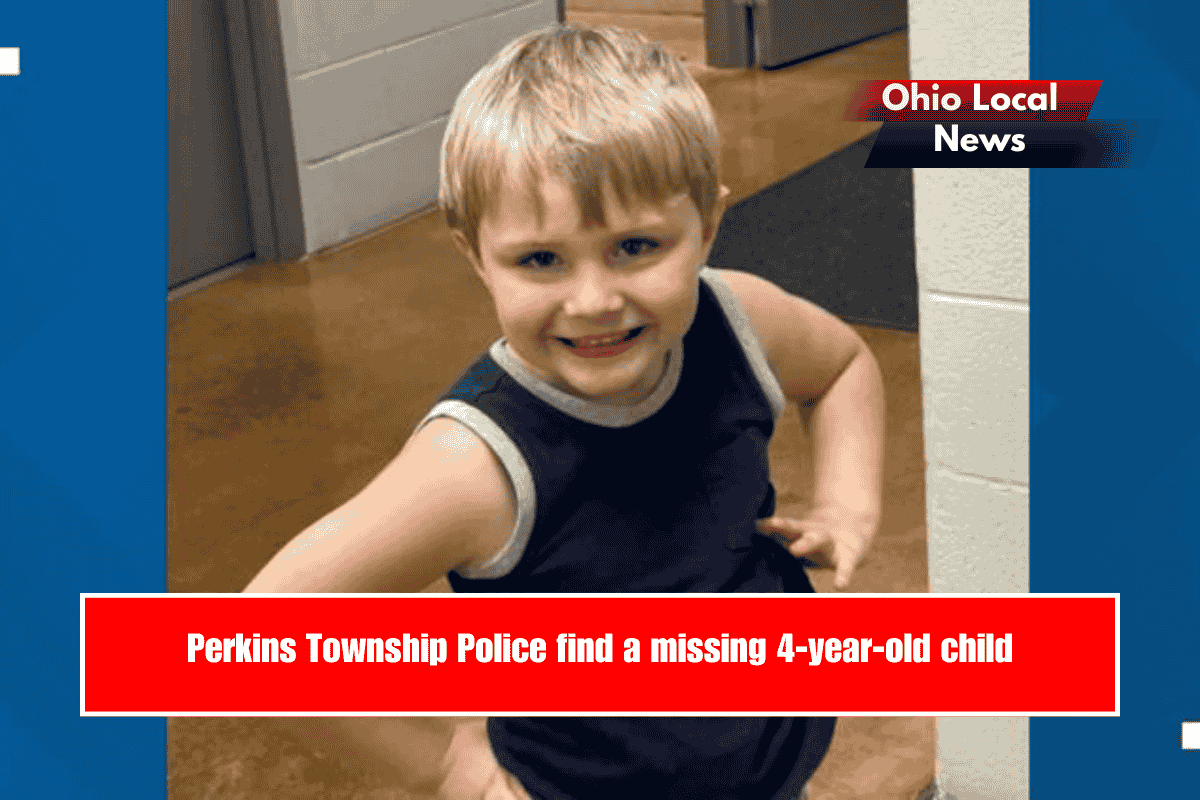ELYRIA, Ohio – The Lorain County Dog Kennel is overflowing following the Fourth of July weekend, which is notorious for a sharp increase in stray dogs. However, the post-holiday surge is more than just a temporary challenge; it is part of a larger crisis that has forced the kennel into a state of emergency.
The kennel is now in “red alert” mode, meaning it has reached maximum capacity and has no room for new dogs. Once a rare designation, red alert has become the norm for the facility, which is overwhelmed by an endless stream of abandoned, stray, and unclaimed pets.
“All summer long, we’re going to be full,” Lorain County Dog Warden Andrew Laubenthal told Cleveland.com. “Every single one of these dogs in our kennels has an owner somewhere that’s responsible for these dogs but unfortunately the owners are not coming.”
The situation has deteriorated in recent days, with seven new dogs arriving at the kennel within 24 hours last week, according to volunteers. Meanwhile, adoptions have nearly come to a halt, with only one adoption from the kennel since June 25.
While a long-awaited expansion project promises relief by early fall, adding 22 desperately needed kennels, staff and volunteers are scrambling to keep up with the near-constant overcrowding of dogs whose owners may never return to claim them.
The root of the crisis
According to Laubenthal, who took over as dog warden in January after decades in county corrections, only about a third of the dogs that arrive at the kennel are returned to their original owners.
The rest remain unclaimed, with the majority being victims of outright abandonment. With rising housing instability, economic hardship, and pet care costs, more people are releasing their animals rather than seeking appropriate surrender options.
Senior dogs are among the most commonly discarded. These dogs are frequently discarded when medical needs such as blindness, incontinence, or tumors become prohibitively expensive or inconvenient.
“Instead of treating those dogs or putting them down, some people will just turn them loose and they end up at the kennel,” Laubenthal told me. “It’s not the right thing to do, but it’s the reality we deal with here.”
The kennel collaborates closely with veterinary professionals to assess each animal’s condition and provide appropriate care. When dogs arrive with terminal illnesses and treatment isn’t an option, staff prioritize preventing suffering through humane euthanasia.
Beyond medical concerns, behavioral issues pose additional challenges. Dogs that have not been properly socialized or that have been specifically trained for aggression can make safe adoption difficult.
“Unfortunately, we run into dogs that are not suitable for adoption,” Laubenthal told me. “That’s the root of this business—we get the unwanted dogs.”
However, Laubenthal is quick to point out that kennel behavior does not always reflect how a dog acts at home. Fear-based responses in a kennel setting can conceal an animal’s true temperament.
To address this, the facility works with a professional volunteer trainer to conduct comprehensive behavioral evaluations. These assessments look at how dogs react to food, children, and confined spaces, providing critical information for adoption decisions.
“We only know what they’re exhibiting here at the kennel,” Laubenthal said. “I’m thankful that we have a trainer volunteer who comes in to evaluate some of them to give us a deeper evaluation.”









